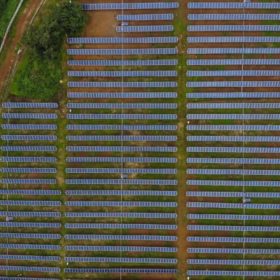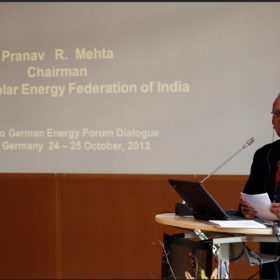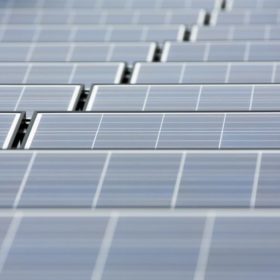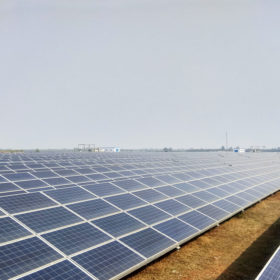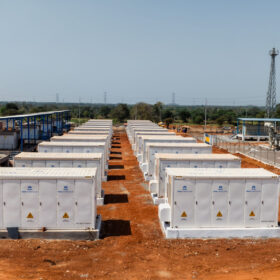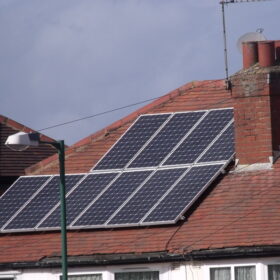China ready to set 3 GW quota for residential solar in 2019
Sources have told pv magazine the authorities are ready to restart the nation’s residential rooftop segment and have also agreed upon subsidy payments for other distributed generation and utility-scale projects.
Abu Dhabi’s Masdar in race to buy Hero Future stake
Abu Dhabi based Masdar Clean Energy is in talks to acquire a 30-35% stake in Hero Future Energies. With the stake sale, the renewable energy arm of Hero Group expects to raise $300-350 million for its expansion into global markets, according to reports.
Pranav Mehta, India’s ‘Solar Man’ and GSC head, talks solar strategies
From a metallurgical engineer to India’s CNG warrior and later, the country’s Solar Man, Pranav Mehta’s story reads like a series of ‘renewable’ steps. In the first of pv magazine India’s new personality interview series, editor Preeti Verma Lal talks to the Global Solar Council’s new head. He discusses what’s on the to-do list and the strategies needed to succeed.
Electric car sales in India declined by 40 per cent in 2018
Electric car sales in India declined by 40 per cent to a mere 1,200 units in the financial year 2018 over the financial year 2017, while electric two-wheeler sales rose 138 per cent to 54,800 units during the same period—according to research and consultancy group Wood Mackenzie.
India mulls anti-dumping duty on Malaysian solar glass
The Indian government may impose anti-dumping duty of US$ 114.58 per tonne on tempered solar glass imports from Malaysia in order to provide a level playing field to domestic manufacturers.
This year could see a reckoning for ultra-mega PV projects
The fate of the clutch of 500 MW-plus projects due to break ground this year could determine whether such ambitious schemes have a viable future, says Wood Mackenzie in its solar 2019 forecast. And the Indian market should brace for consolidation, add the analysts, because of aggressive reverse-auction tariff pricing.
Swiss firm Talesun and EnergyX to set up 4 GW solar projects in India
Talesun Solar Switzerland is a subsidiary of Zhongli Talesun Solar, which has module manufacturing capacity of 2.8 GW per annum and over 6 GW solar assets across the globe.
175 GW renewable unlikely if policy remains inconsistent, says CSE
India may not meet its 175 GW of renewables by 2022 target if the sector continues to be plagued by policy inconsistency, DISCOM problems and other issues, say Centre for Science and Environment (CSE) analysts.
Vikram Solar commissions 20 MW solar projects for WBSEDCL
The plants at Patni and Lalgarh in West Bengal are expected to generate 1.55 million units of electricity per megawatt (MW) annually.
The long read: Why are we not making the most out of big data analysis?
Although the solar industry sees itself as young, its assets are aging. Owners still struggle with the complexity of making the best use of big data analysis to improve plant efficiency and profitability. Ragna Schmidt-Haupt, of Everoze, examines why this has not changed, and what can or should be improved. Artificial intelligence, advanced data analytics, automated assessments and smart monitoring software – holistic solar asset management starts here.

